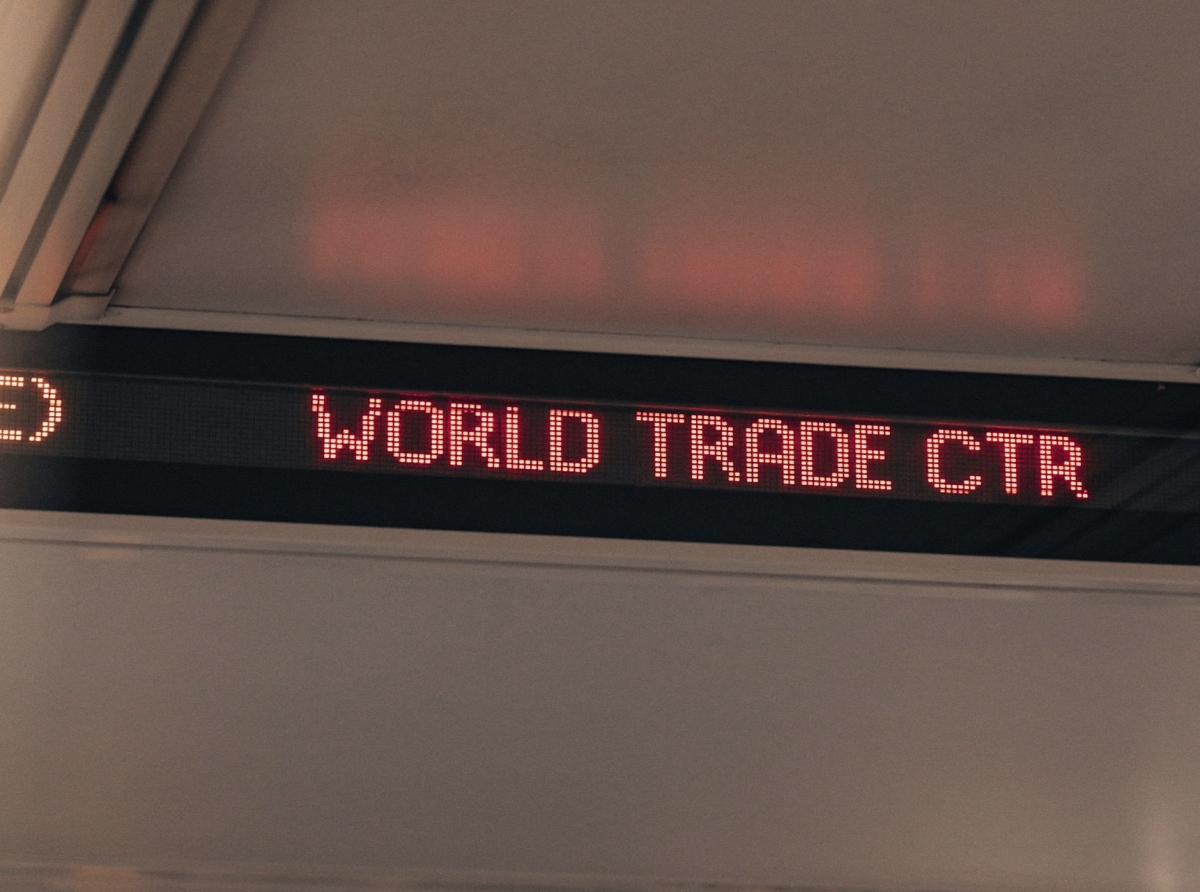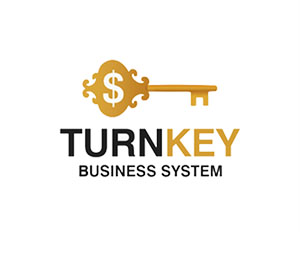
Modern vs. Traditional Prop Trading
The world of Proprietary trading, commonly referred to as "prop trading," has undergone significant transformation over the past decade.
While traditional prop trading firms have long been the domain of licensed professionals, a new wave of modern prop trading platforms has emerged, democratizing access to funded trading for virtually anyone.
This shift has opened doors for retail traders worldwide, allowing them to trade with a firm’s capital while minimizing personal risk.
In this article, we’ll explore the differences between modern and traditional prop trading, the opportunities they offer, and how traders can navigate this rapidly evolving landscape.
While traditional prop trading firms have long been the domain of licensed professionals, a new wave of modern prop trading platforms has emerged, democratizing access to funded trading for virtually anyone.
This shift has opened doors for retail traders worldwide, allowing them to trade with a firm’s capital while minimizing personal risk.
In this article, we’ll explore the differences between modern and traditional prop trading, the opportunities they offer, and how traders can navigate this rapidly evolving landscape.

Modern vs. Traditional Prop Trading
Traditional Prop Trading: The Old Guard
Traditional prop trading firms operate by hiring experienced traders who use the firm’s capital to execute trades. These firms typically require candidates to possess relevant licenses, such as the Series 7 or Series 63 in the U.S., along with a proven track record of success. Once hired, traders are often compensated through a combination of fixed salaries and performance-based bonuses.These firms trade exclusively with their own funds, avoiding reliance on client capital. Their strategies are diverse, ranging from high-frequency trading (HFT) to macroeconomic plays, and they often focus on short-term opportunities to capitalize on market inefficiencies. However, breaking into this world is notoriously difficult due to the stringent entry requirements and competitive nature of the industry.
The Rise of Modern Prop Trading
In contrast, modern prop trading firms have revolutionized the industry by lowering barriers to entry. These platforms cater to a broader audience, including retail traders who may not have prior professional experience. Instead of requiring licenses or formal qualifications, modern firms evaluate traders based on their performance during a structured evaluation phase.During this phase, participants pay a fee to access a simulated trading environment where they must meet specific profit targets and risk management criteria. If successful, they gain access to a funded account, allowing them to trade with the firm’s capital. Profits are typically split between the trader and the firm, with the latter taking around 20-30% as compensation for providing the funding and infrastructure.
One key distinction of modern prop trading is that clients do not directly interact with real markets. Instead, their trades are mirrored by the firm on actual accounts at its discretion. While this model lacks regulatory oversight compared to traditional firms, it has gained immense popularity among retail traders seeking low-risk opportunities to build their careers.
Key Benefits of Modern Prop Trading
1. AccessibilityModern prop trading platforms welcome individuals from all walks of life, regardless of their background or prior achievements. This inclusivity has made it possible for aspiring traders to enter the financial markets without needing years of formal education or certification.
2. Risk Mitigation
Perhaps the most appealing aspect of modern prop trading is the absence of personal financial risk. Traders operate using the firm’s capital, shielding themselves from potential losses. This feature is particularly attractive to newcomers who want to hone their skills without jeopardizing their savings.
3. Diverse Asset Classes
Participants in modern prop trading can explore a wide range of asset classes, including forex, indices, commodities, stocks, metals, and cryptocurrencies. This diversity allows traders to identify opportunities across multiple markets and develop versatile strategies.
4. Advanced Tools and Support
Many modern prop trading firms provide cutting-edge technology, analytical tools, and educational resources to help traders succeed. These offerings level the playing field for retail participants, giving them access to capabilities previously reserved for institutional players.
Challenges and Considerations
Despite its advantages, modern prop trading is not without challenges:1. Delayed Payouts
Unlike retail brokers that allow instant withdrawals, modern prop firms often impose waiting periods before releasing profits. This delay can be frustrating for traders accustomed to immediate access to their earnings.
2. Skill Requirements
While no formal qualifications are required, succeeding in prop trading demands a high level of technical expertise, emotional resilience, and discipline. Newcomers face a steep learning curve and must consistently demonstrate proficiency to advance.
3. Regulatory Ambiguity
The lack of regulation in modern prop trading raises concerns about transparency and accountability. Clients must carefully vet firms to ensure legitimacy and avoid scams.
Types of Prop Trading Firms
1. Independent Proprietary FirmsThese firms operate autonomously, unaffiliated with larger brokerage houses. They allocate portions of their capital to traders, enabling them to execute strategies on behalf of the company.
2. Broker-Based Prop Desks
Traders working within broker-affiliated prop desks act as principals, utilizing the broker’s capital to execute trades. These setups often provide access to advanced analytics, data feeds, and infrastructure, benefiting both the trader and the sponsoring broker.
3. Specialized Firms
Some firms focus on specific markets or strategies, such as forex, futures, options, or cryptocurrencies. For example, crypto-focused prop firms leverage blockchain volatility to generate quick profits, while macroeconomic traders analyze global trends to inform their decisions.
Prop Trading Strategies
Successful prop trading relies on a variety of strategies tailored to different market conditions:Arbitrage
Traders exploit price discrepancies between similar assets across multiple exchanges, aiming for risk-free profits under ideal circumstances.
Market Making
By providing liquidity to the market, traders buy and sell assets simultaneously, earning profits from bid-ask spreads.
Global Macro
This strategy involves analyzing macroeconomic events—such as interest rate changes, geopolitical developments, or fiscal policies—to predict market movements.
Swing Trading
Firms specializing in swing trading capitalize on short- to medium-term price fluctuations, holding positions for days or weeks to maximize returns.
Advantages and Disadvantages of Prop Trading
AdvantagesNo Personal Financial Risk: Traders use the firm’s capital, eliminating the fear of losing their own money.
Access to Cutting-Edge Technology: Prop firms equip traders with sophisticated tools and research capabilities.
Flexibility in Decision-Making: Without client constraints, traders enjoy greater freedom in executing strategies.
Disadvantages
High Entry Barriers for Traditional Firms: Licensing requirements and rigorous selection processes limit access.
Regulatory Uncertainty: The unregulated nature of modern prop trading poses risks for unsuspecting participants.
Intense Competition: Both traditional and modern prop trading environments attract highly skilled individuals, making it challenging to stand out.
Career Opportunities in Prop Trading
For ambitious traders, prop trading offers a pathway to lucrative career advancement. Many view employment at a reputable prop firm as the pinnacle of success, given the access to substantial capital, advanced tools, and exclusive market insights. Additionally, trading with a firm’s money provides a safety net against individual losses.
However, securing a position at a traditional prop firm requires exceptional skill and perseverance. Alternatively, modern prop platforms offer a more accessible route, allowing traders to prove themselves through performance-based evaluations rather than formal interviews.
How to Choose the Right Prop Firm
Selecting the right prop trading firm involves careful consideration of several factors:Track Record: Research the firm’s history of profitability across various market conditions.
Mentorship and Training: Evaluate whether senior traders provide guidance and support for your development.
Strategy Alignment: Ensure the firm’s focus aligns with your strengths and preferred trading style.
Technology and Resources: Assess the quality of tools and infrastructure provided.
Risk Management Practices: Confirm that the firm emphasizes disciplined risk management through stop-loss training and other safeguards.
Cultural Fit: Consider the firm’s location, work environment, and overall ethos to determine compatibility.
Prop Trading vs. Hedge Funds
While both prop trading units and hedge funds engage in speculative investing, their approaches differ significantly. Prop traders use the firm’s capital to pursue short-term gains, bearing full responsibility for risks and rewards. Hedge funds, on the other hand, manage client assets and prioritize long-term stability over rapid profits. Prop trading thrives on adrenaline-fueled, fast-paced decision-making, whereas hedge funds adopt a more methodical, strategic approach.Conclusion: Embracing the Future of Prop Trading
The evolution of prop trading—from exclusive, heavily regulated firms to inclusive, tech-driven platforms—reflects broader trends in finance and technology. Modern prop trading has democratized access to funded accounts, empowering individuals to pursue careers in trading without prohibitive barriers. However, success in this field requires dedication, discipline, and a commitment to continuous learning.
Whether you’re drawn to the thrill of short-term speculation or the analytical rigor of macroeconomic analysis, prop trading offers unparalleled opportunities for growth and profit. By carefully selecting the right firm and mastering effective strategies, traders can thrive in this dynamic and rewarding industry.
The evolution of prop trading—from exclusive, heavily regulated firms to inclusive, tech-driven platforms—reflects broader trends in finance and technology. Modern prop trading has democratized access to funded accounts, empowering individuals to pursue careers in trading without prohibitive barriers. However, success in this field requires dedication, discipline, and a commitment to continuous learning.
Whether you’re drawn to the thrill of short-term speculation or the analytical rigor of macroeconomic analysis, prop trading offers unparalleled opportunities for growth and profit. By carefully selecting the right firm and mastering effective strategies, traders can thrive in this dynamic and rewarding industry.









Report
My comments